GAZA CITY — Two years into the relentless conflict between Israel and Hamas, the Gaza Strip has been transformed from a densely populated coastal enclave into a landscape of ruins. Entire neighborhoods have vanished, infrastructure lies in tatters, and millions of civilians are trapped in a cycle of displacement, hunger, and despair. What began as a military campaign to dismantle Hamas has instead erased much of Gaza’s urban and human fabric.
A Territory in Collapse
Gaza’s skyline, once defined by high-rise apartments and bustling marketplaces, is now a patchwork of skeletal buildings and craters. Satellite images show that over 90 percent of structures have been damaged or destroyed, leaving families to live in tents, abandoned schools, or among the debris of their former homes.
Hospitals and schools — the backbone of Gaza’s social structure — have been hit hardest. Many hospitals operate at a fraction of their capacity, running without electricity or medical supplies. Children are treated on concrete floors as generators hum through the night, fueled by dwindling reserves of diesel. Schools, meanwhile, have become makeshift shelters, housing thousands of displaced families.
Power blackouts, limited food access, and contaminated water supplies have turned everyday survival into a struggle. For most residents, a single loaf of bread and a few liters of clean water are luxuries.
Human Suffering on an Unimaginable Scale
The human cost of the war is staggering. Over 67,000 Palestinians are reported dead, the majority of them civilians. Tens of thousands more are injured, many with life-altering wounds. Families continue to search through rubble for missing relatives, often without tools or machinery.
Displacement has become a way of life. Nearly two million people — almost the entire population — have fled their homes, often more than once. With each new phase of fighting, families are forced to move south or west, only to find destruction waiting for them there as well.
Children have been hit especially hard. Thousands have been orphaned or separated from their families. UNICEF estimates that most of Gaza’s children have not attended school in over two years, leaving an entire generation without education, stability, or safety.
Economic and Environmental Devastation
The economy of Gaza has collapsed entirely. Factories, workshops, and marketplaces that once provided employment to hundreds of thousands now lie silent. Agriculture — once the region’s primary source of livelihood — has been obliterated. Crops have withered in fields destroyed by shelling, and farmland remains contaminated by unexploded ordnance and toxic debris.
The environmental damage is catastrophic. Water treatment facilities are nonfunctional, sewage runs through the streets, and the coastline is polluted by waste and debris. Public health experts warn of long-term outbreaks of cholera, typhoid, and respiratory illness as residents inhale dust from pulverized concrete and metals.
The Struggle to Survive
Amid the chaos, small acts of humanity persist. Volunteers dig through rubble to rescue neighbors. Doctors, working with minimal resources, perform surgeries by flashlight. Women bake bread in communal ovens built from scrap metal.
Still, humanitarian agencies describe conditions as “beyond crisis.” Aid convoys face enormous challenges entering Gaza, hampered by border closures, damaged roads, and security restrictions. Many relief trucks are forced to turn back before reaching the hardest-hit northern zones.
Those trapped inside Gaza face impossible choices — whether to stay in bombed neighborhoods or risk the perilous journey toward overcrowded shelters farther south. Every decision carries danger.
Cultural Heritage and Identity Lost
Beyond the physical destruction lies the erasure of Gaza’s cultural soul. Historic mosques, churches, and marketplaces — some dating back centuries — have been reduced to rubble. Libraries and archives containing generations of Palestinian history have been lost.
Residents speak of a deep psychological toll, not only from fear and loss but from the destruction of identity itself. “They didn’t just destroy our homes,” said one displaced teacher. “They destroyed our memories.”
Calls for Accountability and Peace
International outrage has intensified as images of Gaza’s devastation spread worldwide. Human rights organizations accuse Israel of using disproportionate force and targeting civilian infrastructure. Israel maintains that Hamas embeds itself within residential areas, making strikes unavoidable.
Diplomatic efforts have repeatedly stalled. Truce proposals mediated by Egypt, Qatar, and the United States have collapsed over disagreements on disarmament and governance. Meanwhile, rebuilding plans remain theoretical, as donor nations hesitate to commit funds amid ongoing hostilities.
Legal experts are also pushing for war crime investigations, arguing that the systematic targeting of civilian zones and essential infrastructure violates international law. But with political divisions and lack of accountability mechanisms, justice for Gaza’s civilians remains distant.
The Future of a Broken Land
As Gaza enters its third year of destruction, the road ahead looks bleak. Experts estimate that even if hostilities ceased today, full reconstruction could take decades. The cost of rebuilding is projected in the hundreds of billions of dollars — an impossible sum for a territory under blockade.
Yet, amid the ruins, resilience persists. Families plant small gardens in craters where homes once stood. Children play amid broken walls. Community leaders speak of rebuilding not just cities, but hope itself.
For many Gazans, survival has become a quiet act of defiance — a declaration that even in ruin, their homeland endures.

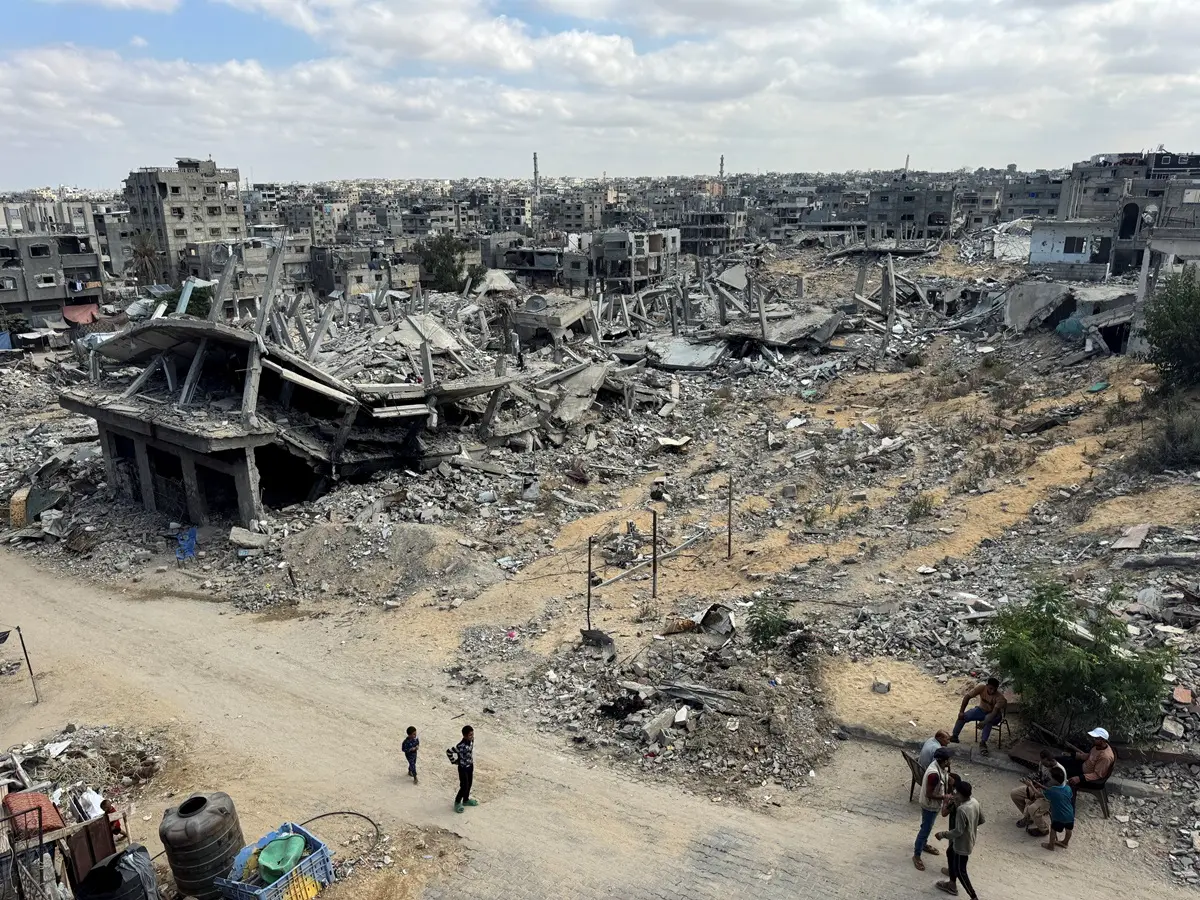





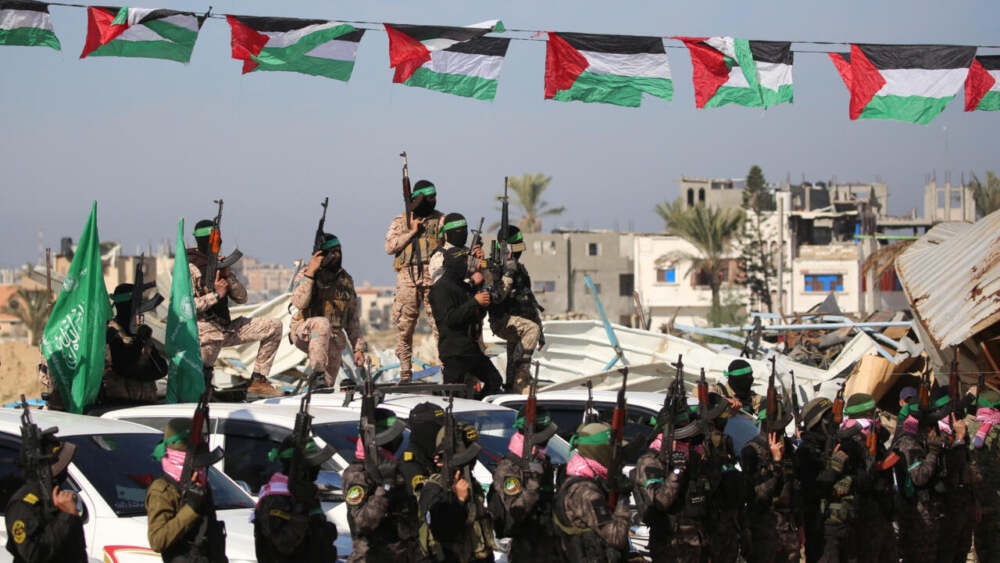
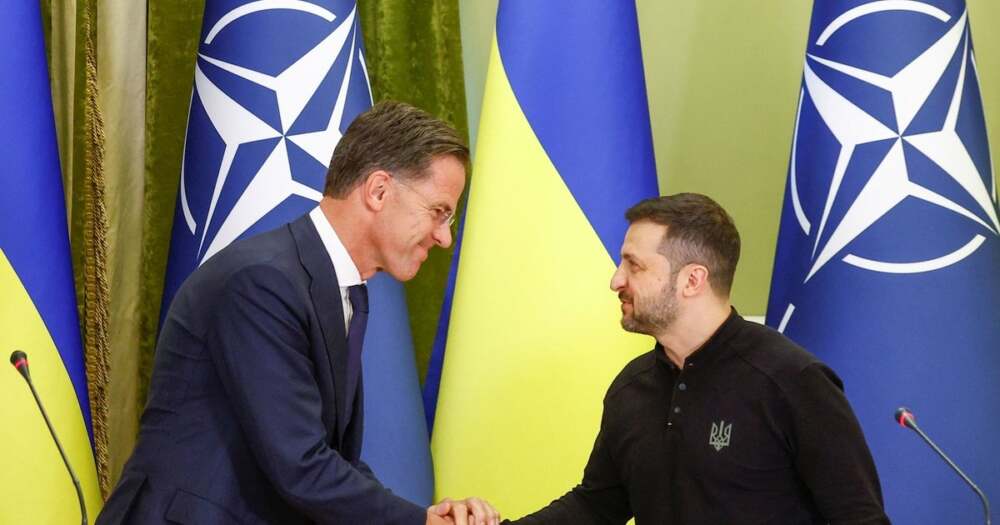
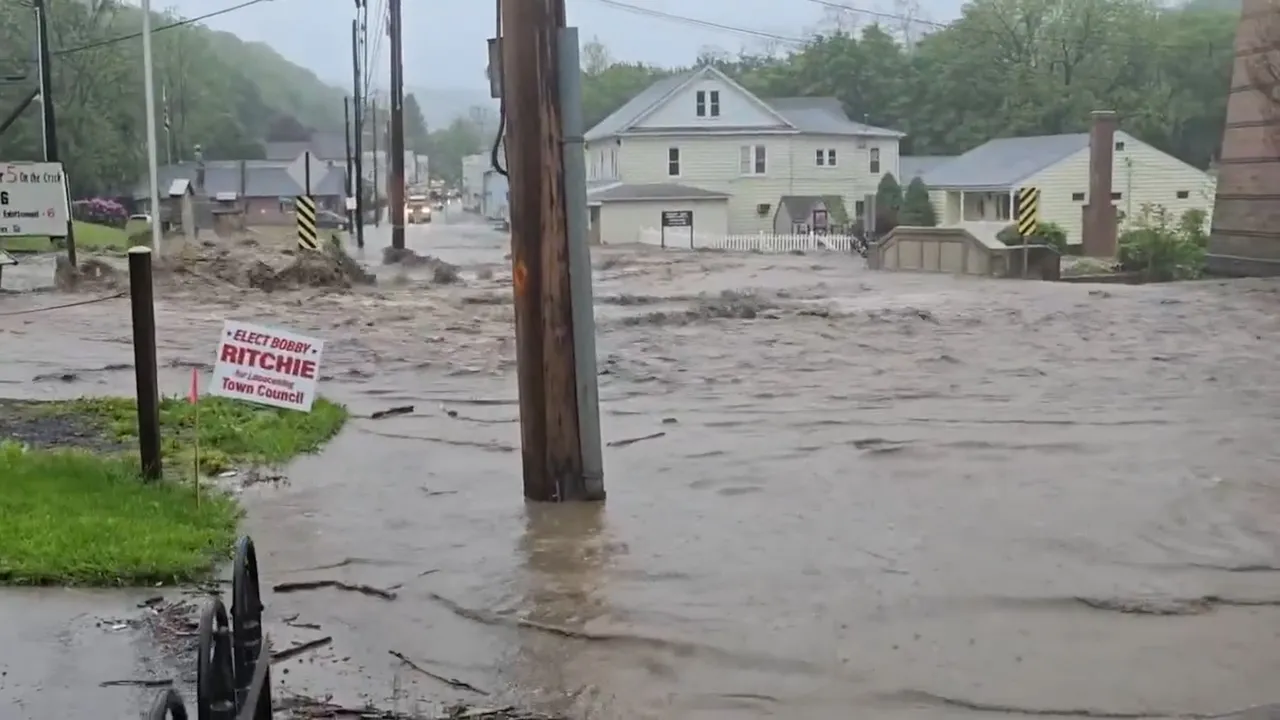
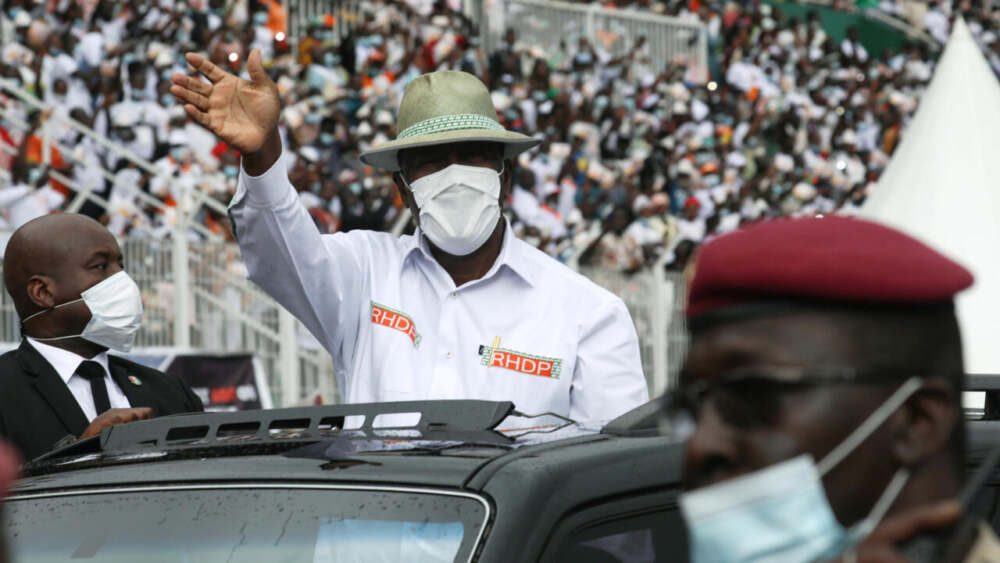
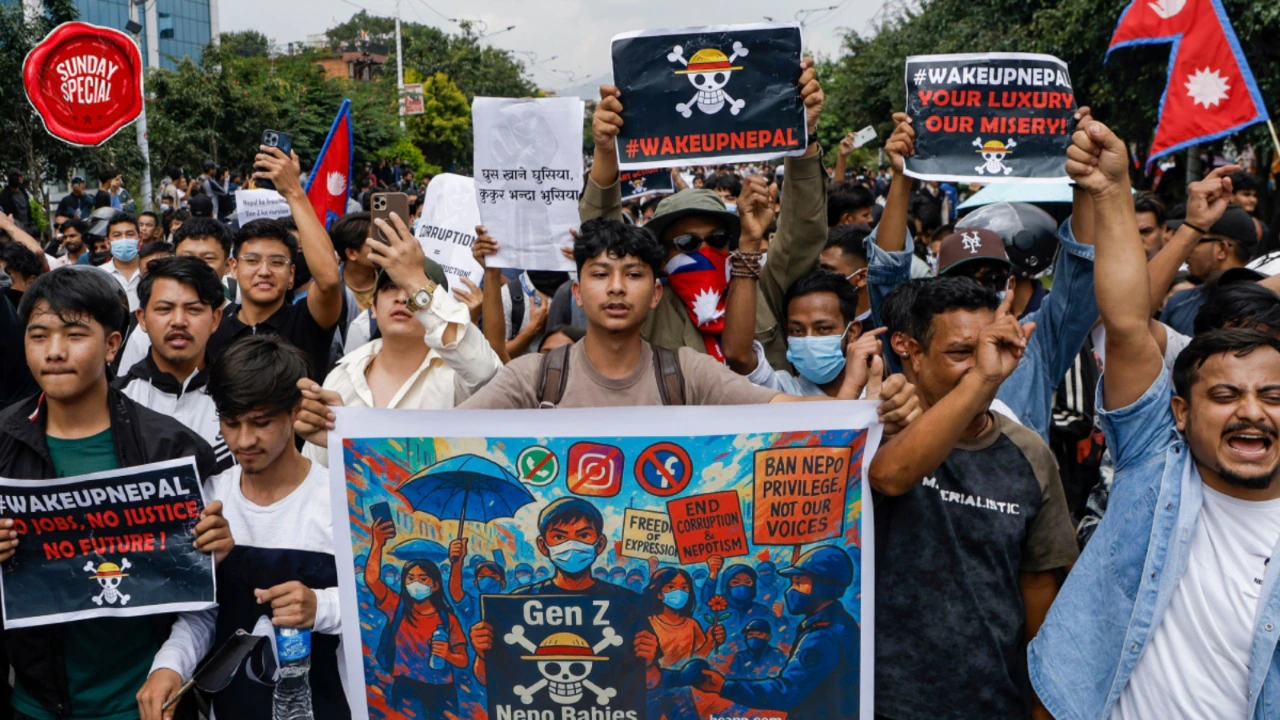




Leave a Reply